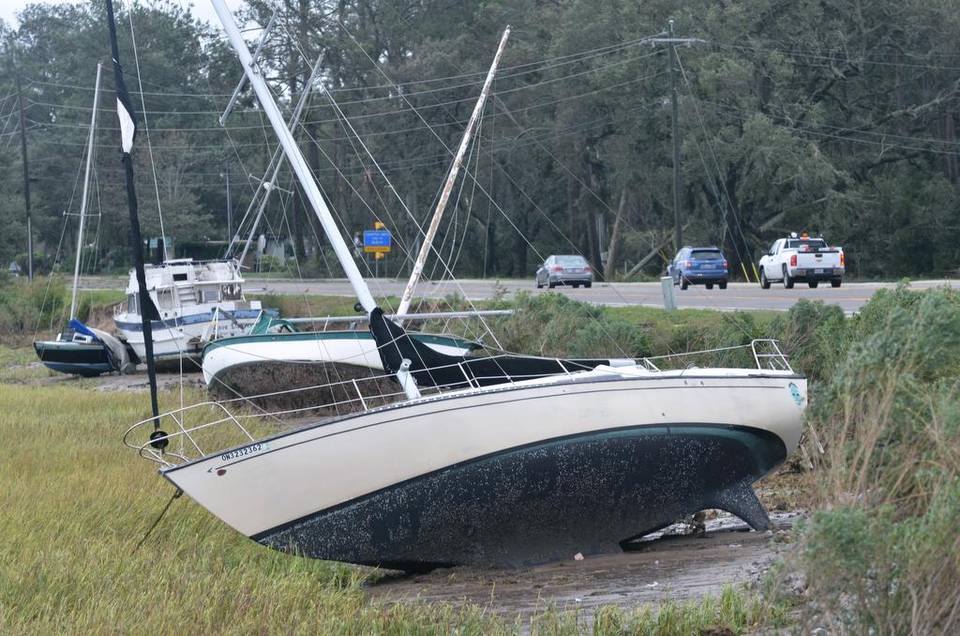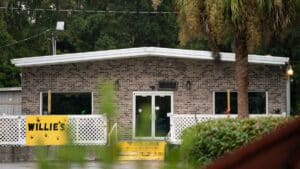When a hurricane strikes, owners of boats and other watercraft are advised to make plans on where to store and to secure their vessels.
Large sailboats and motorboats
- Check you marina’s policy concerning hurricanes and make a plan on what to do with your water vessel. Determine if your marina is in a susceptible location. Should you move your boat?
- Do not stay on your boat during a hurricane or severe storm event.
- If you live more than 30 miles from your marina, leave a set of keys with a friend who can care for your boat if you can’t get there.
- Store extra line on your boat and make sure the battery is charged. Check the automatic bilge system to make sure it works properly.
- Double all mooring lines. Allow some slack in the lines for abnormally high tides.
- Use chafing gear to prevent the lines from breaking and fenders to keep the boat from rubbing against the dock.
- Clear the decks of all removable objects such as plastic windshields, cushions, collapsible tops and sails.
- Remove perishables from the refrigerator/freezer.
Small boats
- If you live more than 30 miles from the boat dock, leave a set of keys with a friend who can care for your boat if you can’t get there.
- Have a means of getting your boat out of the water. Make arrangements to use either a trailer or a lift at a dry storage facility.
- Have your trailer in good condition. The tires should be inflated and the wheel bearings greased. The winch should be operable.
- Remove lightweight aluminum boats and dinghies. Place on high ground and fill with water to anchor.
- For boats with trailers, remove the boat from the water and take to higher ground. Either place the boat in a shelter or tie securely to the ground.
- If you leave the boat outside, jack up the trailer tongue and pull the drain plug.
- Remove boat electronics (depth finders, chromoscopes and VHS radios).







